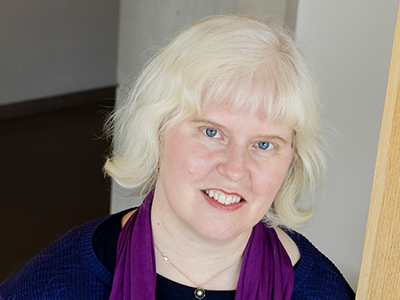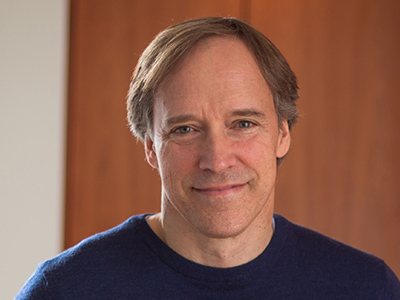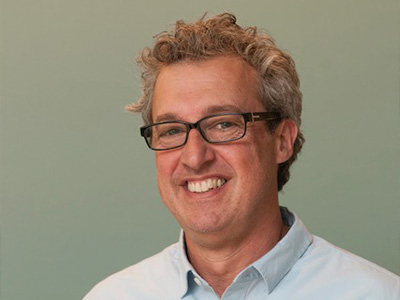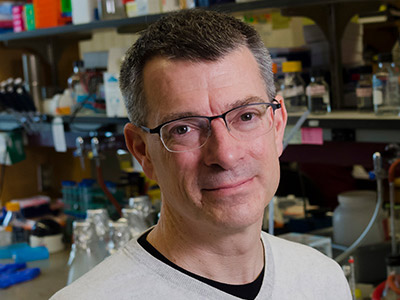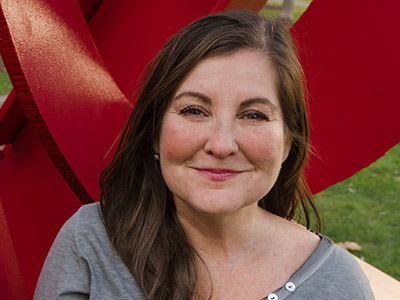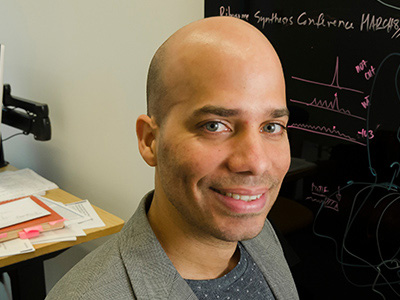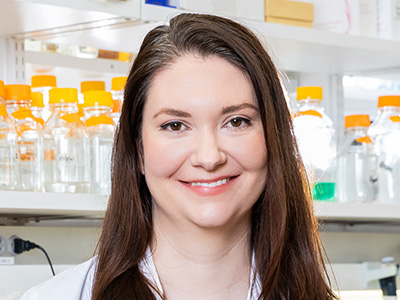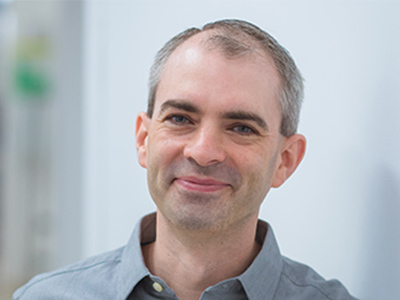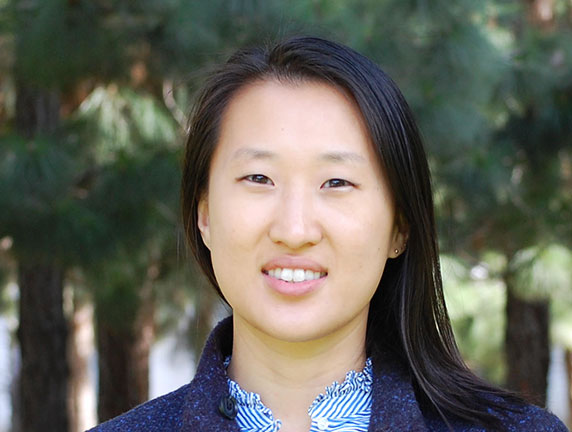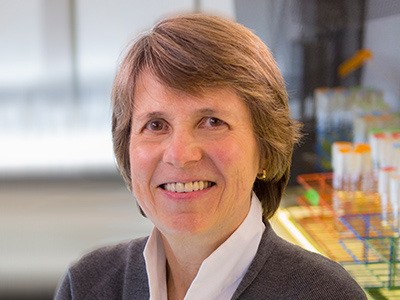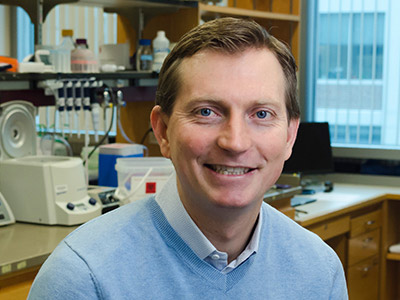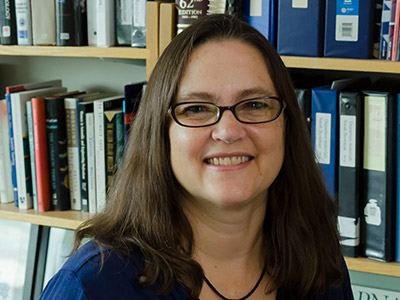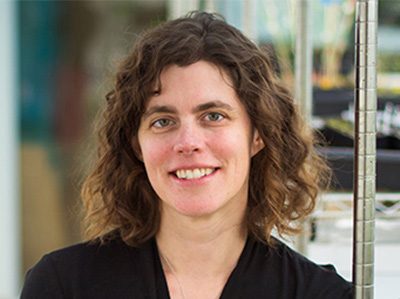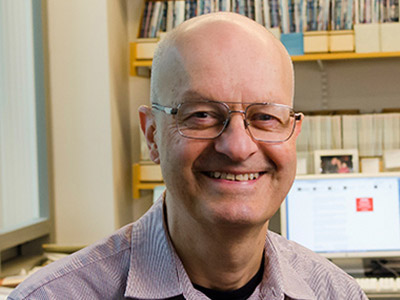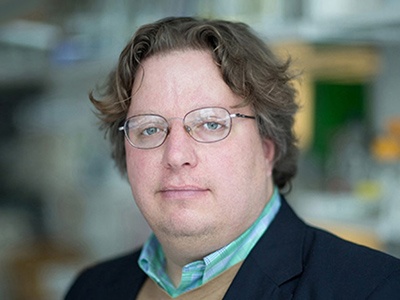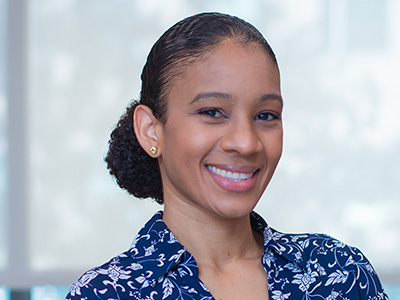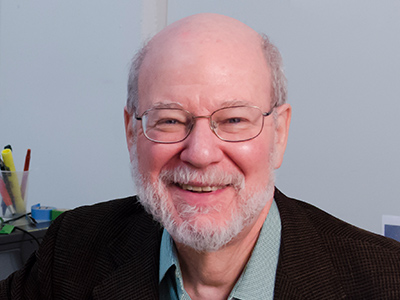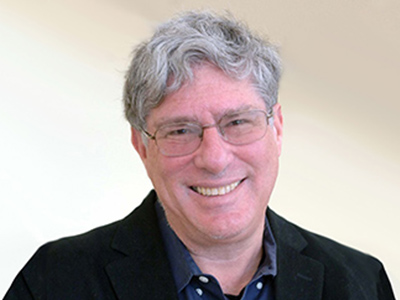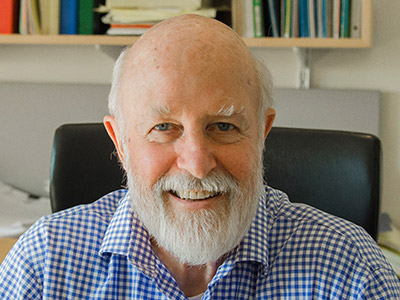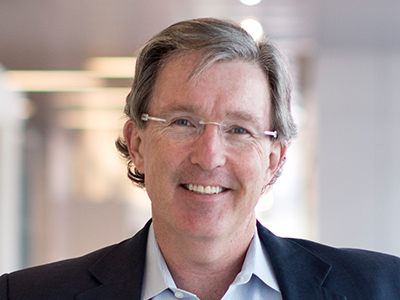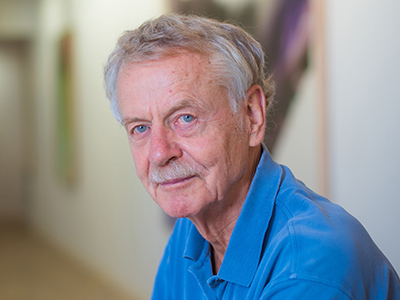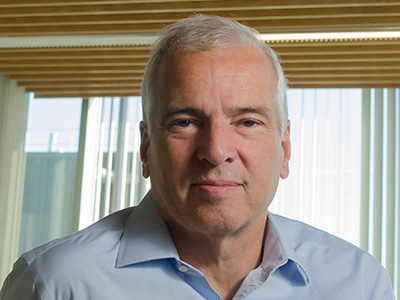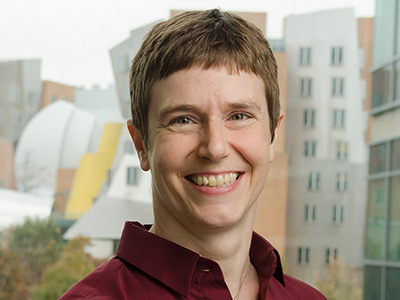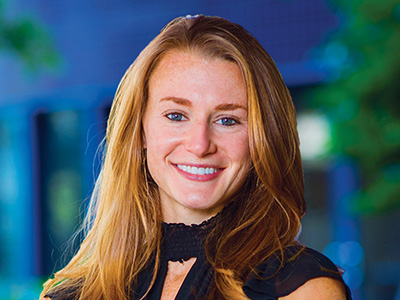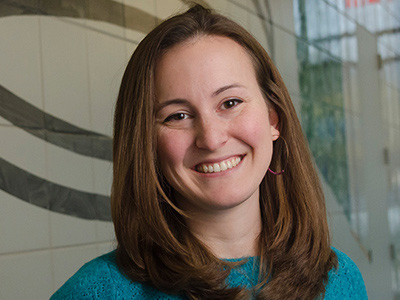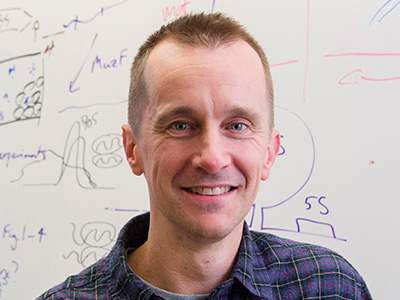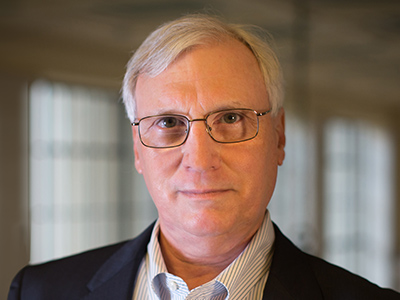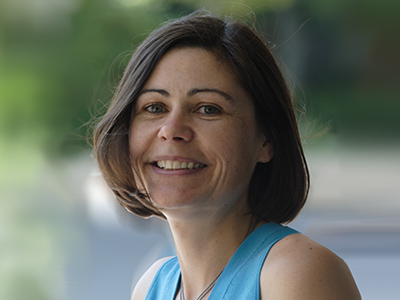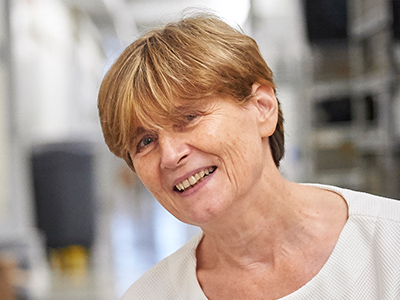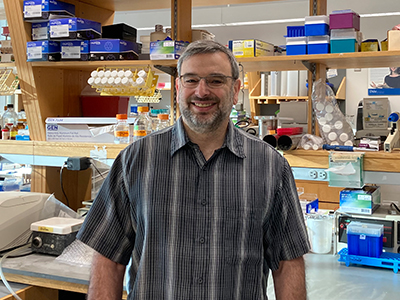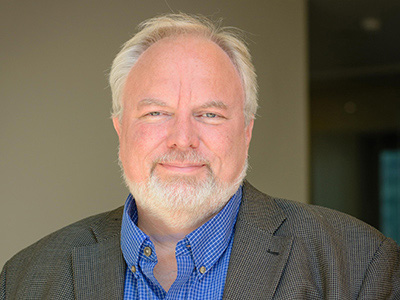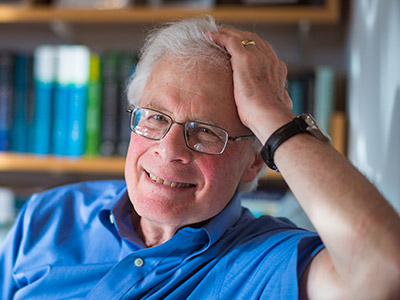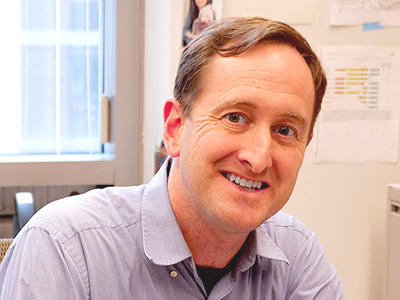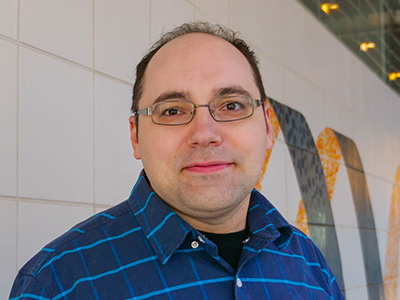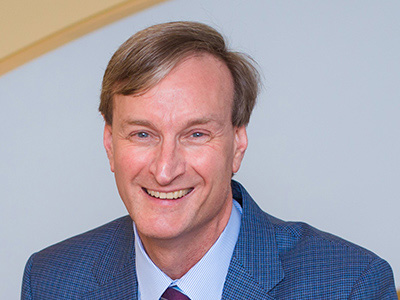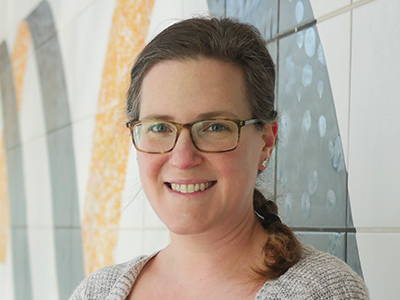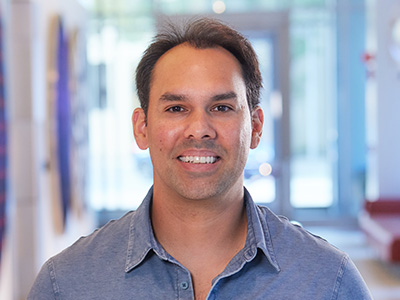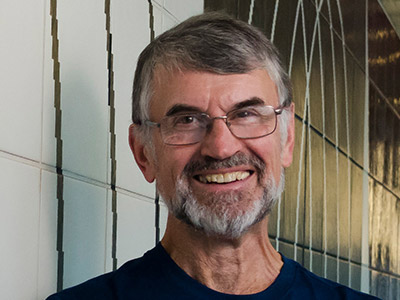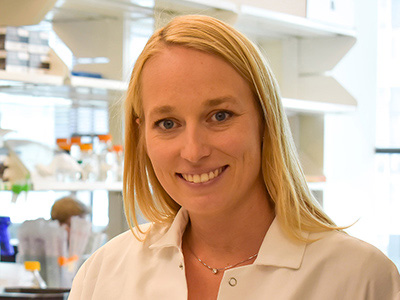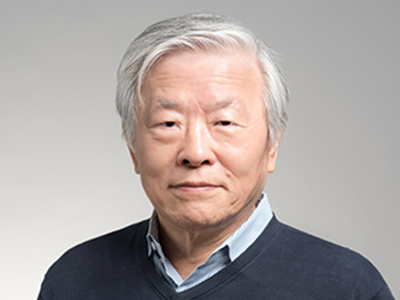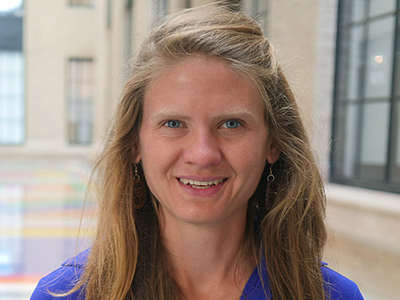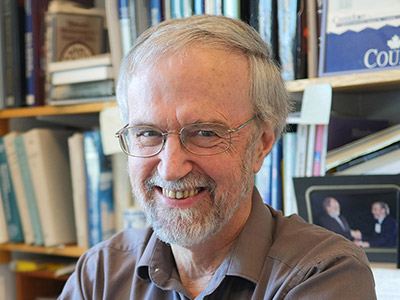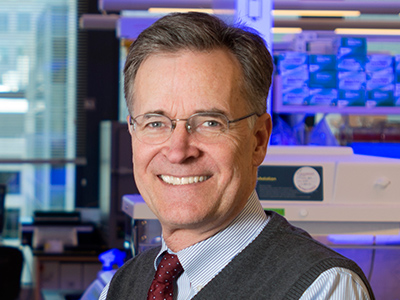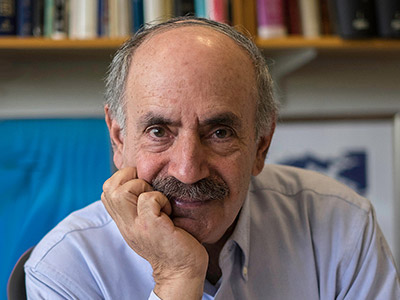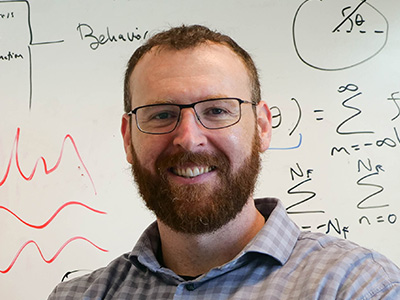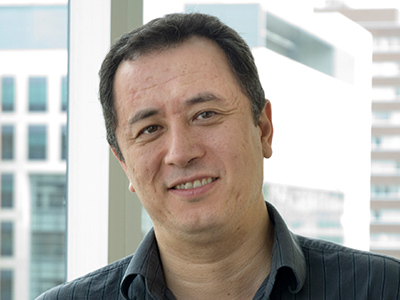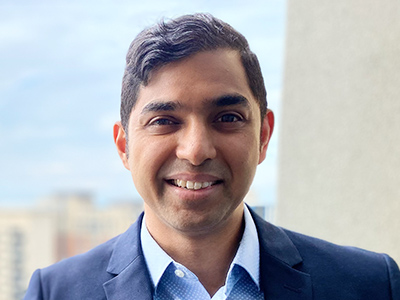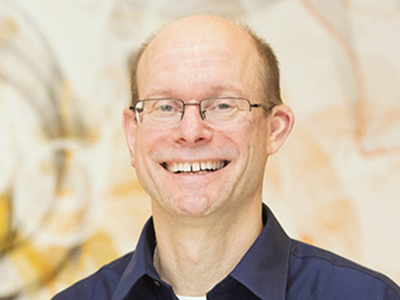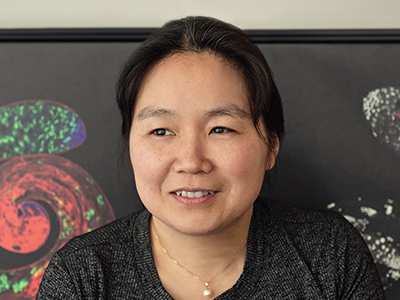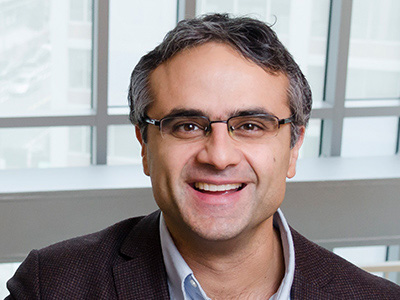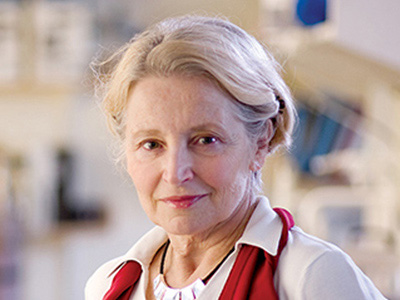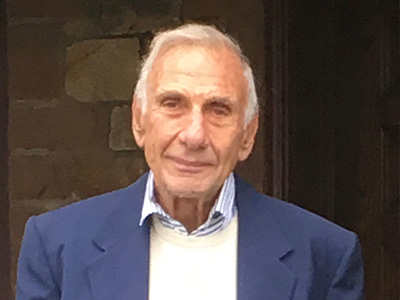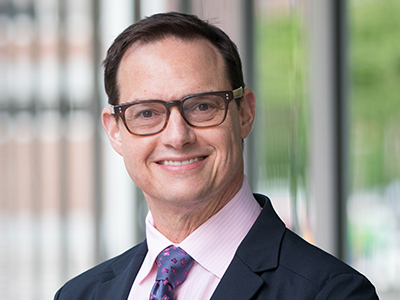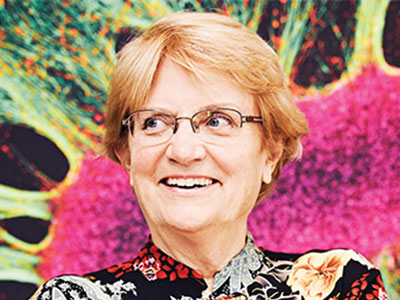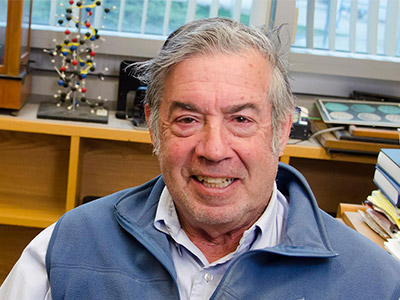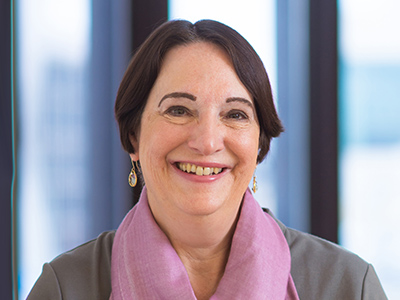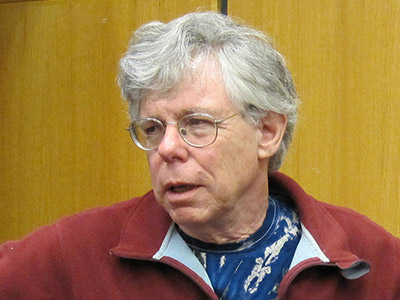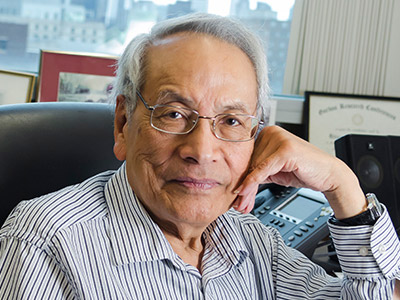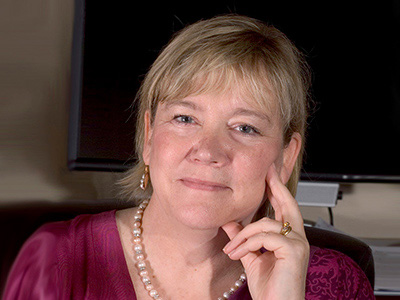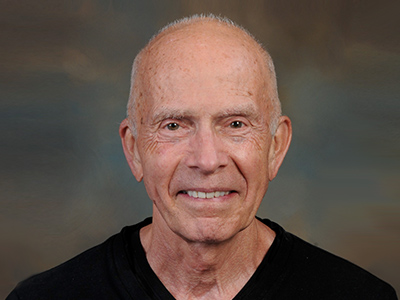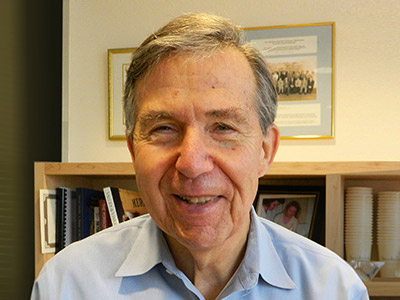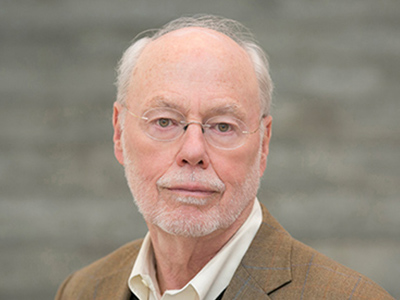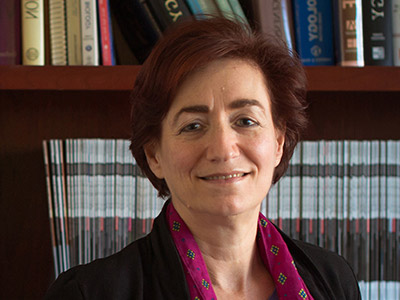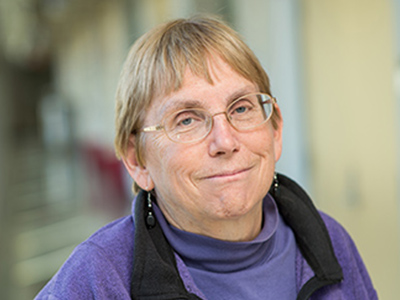Faculty
Tania Baker’s current research explores mechanisms and regulation of enzyme-catalyzed protein unfolding, ATP-dependent protein degradation, and remodeling of the proteome during cellular stress responses.
David Bartel studies molecular pathways that regulate eukaryotic gene expression by affecting the stability or translation of mRNAs.
Facundo Batista studies fundamental lymphocyte biology to drive the development of the next generation of vaccines and therapeutics.
Stephen Bell probes the cellular machinery that replicates and maintains animal cell chromosomes.
Laurie A. Boyer
Co-Undergrad Officer
Laurie A. Boyer investigates the gene regulatory mechanisms that drive heart development and regeneration using embryonic stem cells and mouse models.
Christopher Burge applies a combination of experimental and computational approaches to understand the regulatory codes underlying pre-mRNA splicing and other types of post-transcriptional gene regulation.
Eliezer Calo studies how cells build ribosomes and how dysfunction in ribosome biogenesis and function leads to tissue-specific developmental disorders and cancer.
Lindsay Case studies how molecules are concentrated and organized at the plasma membrane to regulate transmembrane signaling.
Iain M. Cheeseman
Associate Dept. Head
Iain Cheeseman analyzes the process by which cells duplicate, focusing on how the molecular machinery that segregates the chromosomes is rewired across diverse physiological contexts.
Jianzhu Chen studies the immune system, harnessing the body’s defense force to explore treatment and prevention for cancer, as well as metabolic and infectious diseases.
Erin Chen studies how the microbes in our bodies educate our immune systems, in order to engineer microbial therapeutics for human disease.
Sallie (Penny) W. Chisholm studies the biology, ecology, and evolution of the single most abundant marine phytoplankton species in order to understand the forces that shape microbial ecosystems.
Olivia Corradin investigates the genetic and epigenetic changes in gene regulatory elements that influence human disease.
Joey Davis investigates how cells maintain a delicate internal balance of assembling and dismantling their own machinery — in particular, assemblages of many molecules known as macromolecular complexes.
Catherine Drennan takes “snapshots” of metalloenzymes using crystallography and/or cryo-electron microscopy.
Gerald R. Fink investigates how fungal pathogens invade the body, evade the immune system, and establish an infection.
Mary Gehring
Graduate Officer
Mary Gehring researches epigenetic mechanisms of gene regulation in plants.
Alan Grossman studies mechanisms and regulation of DNA replication, gene expression, and horizontal gene transfer in bacteria.
Leonard P. Guarente looks at mammal, mouse, and human brains to understand the genetic underpinning of aging and age-related diseases like Alzheimer’s.
Michael T. Hemann uses mouse models to combat cancers resistant to chemotherapy.
Whitney Henry
July 2024
Whitney Henry studies ferroptosis in human health and disease with a focus on cancer.
H. Robert Horvitz analyzes the roles of genes in animal development and behavior, gaining insight into human disease.
David Housman studies the biological underpinnings of diseases like Huntington’s, cancer, and cardiovascular disease.
Siniša Hrvatin studies states of stasis, such as mammalian torpor and hibernation, as a means to harness the potential of these biological adaptations to advance medicine.
Richard O. Hynes investigates the network of proteins surrounding cells to understand its roles in the spread of cancer throughout the body.
Barbara Imperiali studies the biogenesis and myriad functions of glycoconjugates in human health and disease.
Tyler Jacks is interested in the genetic events contributing to the development of cancer, and his group has created a series of mouse strains engineered to carry mutations in genes known to be involved in human cancers.
Rudolf Jaenisch uses pluripotent cells (ES and iPS cells) to study the genetic and epigenetic basis of human diseases such as Parkinson’s, Alzheimer’s, autism and cancer.
Ankur Jain investigates the role of RNA self-assembly in cellular organization and neurodegenerative disease.
Before closing his lab, Chris A. Kaiser analyzed protein folding and trafficking in cells.
Amy E. Keating
Department Head
Amy E. Keating determines how proteins make specific interactions with one another and designs new, synthetic protein-protein interactions.
Kristin Knouse seeks to understand and modulate organ injury and repair by innovating tools for experimentation directly within living organisms.
Sally Kornbluth
President of MIT
Sally Kornbluth is President of MIT.
Monty Krieger studies cell surface receptors and cholesterol and their impact on normal physiology and diseases, such as heart disease and infertility.
Rebecca Lamason investigates what happens when cellular functions are hijacked by unwanted interlopers: namely, the bacteria that engender diseases like spotted fever and meningitis.
Eric S. Lander is interested in every aspect of the human genome and its application to medicine.
Michael T. Laub explores how bacterial cells process information and regulate their own growth and proliferation, as well as how these information-processing capabilities have evolved.
Douglas Lauffenburger fosters the interface of bioengineering, quantitative cell biology, and systems biology to determine fundamental aspects of cell dysregulation — identifying and testing new therapeutic ideas.
Jacqueline Lees develops mouse and zebrafish models, identifying the molecular pathways leading to tumor formation.
Ruth Lehmann studies the biological origins of germ cells, and how they transmit the potential to build a completely new organism to their offspring.
Daniel Lew uses fungal model systems to ask how cells orient their activities in space, including oriented growth, cell wall remodeling, and organelle segregation.
Gene-Wei Li investigates how quantitative information regarding precise proteome composition is encoded in and extracted from bacterial genomes.
Pulin Li is interested in quantitatively understanding how genetic circuits create multicellular behavior in both natural and synthetically engineered systems.
Troy Littleton is interested in how neuronal connections form and function, and how neurological disease disrupts synaptic communication.
Before closing his lab, Harvey F. Lodish studied the development of red blood cells and the use of modified red cells for the introduction of novel therapeutics into the human body, as well as the development of brown and white fat cells.
Sebastian Lourido exposes parasite vulnerabilities and harnesses them to treat infectious disease.
Adam C. Martin
Co-Undergrad Officer
Adam C. Martin studies molecular mechanisms that underlie tissue form and function.
Hernandez Moura Silva seeks to understand how the immune system supports tissue physiology to unveil new approaches to treat human diseases.
Elly Nedivi studies the mechanisms underlying brain circuit plasticity — characterizing the genes and proteins involved, as well as visualizing synaptic and neuronal remodeling in the living mouse brain.
Sergey Ovchinnikov studies protein structure and evolution at environmental, organismal, genomic, structural, and molecular scales.
David C. Page examines the genetic differences between males and females — and how these play out in disease, development, and evolution.
Sara Prescott investigates how sensory inputs from within the body control mammalian physiology and behavior.
Peter Reddien works to unravel one of the greatest mysteries in biology — how organisms regenerate missing body parts.
Alison E. Ringel seeks to understand the molecular adaptations that enable immune cells to function and survive within unfavorable environments.
Francisco J. Sánchez-Rivera aims to understand how genetic variation shapes normal physiology and disease, with a focus on cancer.
Bob Sauer studies intracellular proteolytic machines responsible for protein-quality control and homeostasis.
Thomas U. Schwartz investigates communication across biological membranes, using structural, biochemical, and genetic tools.
Anthony J. Sinskey explores the principles of metabolic engineering in both bacteria and plants.
Yadira Soto-Feliciano studies chromatin and epigenetic regulation in normal development and cancer.
Stefani Spranger studies how the body’s immune system interacts with growing tumors to harness the immune response to fight cancer.
Susumu Tonegawa investigates the biological underpinnings of learning and memory in rodents.
Matthew Vander Heiden is interested in the role that cell metabolism plays in mammalian physiology, with a focus on cancer.
Seychelle M. Vos investigates how genome organization and gene expression are physically coupled across molecular scales.
Graham C. Walker studies DNA repair, mutagenesis, and cellular responses to DNA damage, as well as the symbiotic relationship between legumes and nitrogen-fixing bacteria.
Bruce Walker investigates cellular immune responses in chronic human viral infections, with a particular focus on HIV immunology and vaccine development.
Robert A. Weinberg studies how cancer spreads, what gives cancer stem-cells their unique qualities, and the molecular players involved in the formation of cancer stem cells and metastases.
Brady Weissbourd uses jellyfish to study nervous system evolution, development, regeneration, and function.
Jonathan Weissman investigates how proteins fold into their correct shape and how misfolding impacts disease and normal physiology, while building innovative tools for exploring the organizational principles of biological systems.
Matthew Wilson studies rodent learning and memory by recording and manipulating the activity of neurons during behavior and sleep.
Harikesh S. Wong studies how cells assemble and communicate to control immune responses in tissues.
Michael B. Yaffe studies the chain of reactions that controls a cell’s response to stress, cell injury, and DNA damage.
Yukiko Yamashita studies two fundamental aspects of multicellular organisms: how cell fates are diversified via asymmetric cell division, and how genetic information is transmitted through generations via the germline.
Omer H. Yilmaz explores the impact of dietary interventions on stem cells, the immune system, and cancer within the intestine.
Richard A. Young explores how and why gene expression differs in healthy versus diseased cells.
Emeritus Faculty
Martha Constantine-Paton
Professor Emerita
Before closing her lab, Martha Constantine-Paton used a combination of classical and modern genetic tools in mice to study the contributions of specific brain regions to normal behavior.
Malcolm Gefter
Professor Emeritus
Frank Gertler
Professor Emeritus
Before closing his lab, Frank B. Gertler considered the role of cell shape and movement in developmental defects and diseases.
Nancy Hopkins
Professor Emerita
Before closing her lab, Nancy Hopkins worked on the genetics of mouse RNA tumor viruses; on the genetics of early vertebrate development using zebrafish; and on the fish as a cancer model.
Jonathan A. King
Professor Emeritus
Before closing his lab, Jonathan A. King studied what happens when proteins do not fold properly — leading to conditions like cataracts. He currently works to protect the conditions needed to support biomedical research.
Terry Orr-Weaver
Professor Emerita
Before closing her lab, Terry Orr-Weaver probed the incredibly complex and coordinated process of development from egg to fertilized embryo and ultimately adult.
Mary-Lou Pardue
Professor Emerita
Before closing her lab, Mary-Lou Pardue studied fruit fly chromosomes to better understand chromosome replication, cell division, and related cellular structures.
William (Chip) Quinn
Professor Emeritus
Before closing his lab, William Quinn analyzed the molecular and genetic underpinnings of learning and memory in fruit flies before retiring.
Uttam RajBhandary
Professor Emeritus
Before closing his lab, Uttam RajBhandary studied interactions between RNAs and proteins, focusing on gene expression and gene regulation.
Professor of Biochemistry Emeritus
Leona Samson
Professor Emerita
Before closing her lab, Leona Samson analyzed toxic chemicals frequently used in cancer chemotherapy to prevent further DNA damage.
Paul Schimmel
Professor Emeritus
Paul Schimmel has worked throughout his career to translate bench-side research into tangible products that improve human health — including those related to alcoholism, schizophrenia, autism, AIDS, heart disease, and cancer.
Edward Scolnick
Prof Prac Emeritus
Before closing his lab, Edward Scolnick provided critical insights into the genetic underpinnings of a variety of psychiatric disorders, including bipolar disorder, schizophrenia, and autism.
Phillip A. Sharp
Professor Emeritus
Before closing his lab, Phillip A. Sharp studied many aspects of gene expression in mammalian cells, including transcription, the roles of non-coding RNAs, and RNA splicing.
Ethan Signer
Professor Emeritus
Hazel Sive
Professor Emerita
Before closing her lab, Hazel Sive studied fundamental mechanisms underlying vertebrate face and brain formation, as well as the molecular underpinnings for neurodevelopmental disorders.
Frank Solomon
Professor Emeritus
Before closing his lab, Frank Solomon and his colleagues studied the determinants of differentiated cell morphology.
Lisa A. Steiner
Professor Emerita
Before closing her lab, Lisa A. Steiner analyzed the zebrafish genome to understand white blood cells and their role in the immune system.
JoAnne Stubbe
Professor Emerita
Before closing her lab, JoAnne Stubbe studied ribonucleotide reductases — essential enzymes that provide the building blocks for DNA replication, repair and successful targets of multiple clinical drugs.

